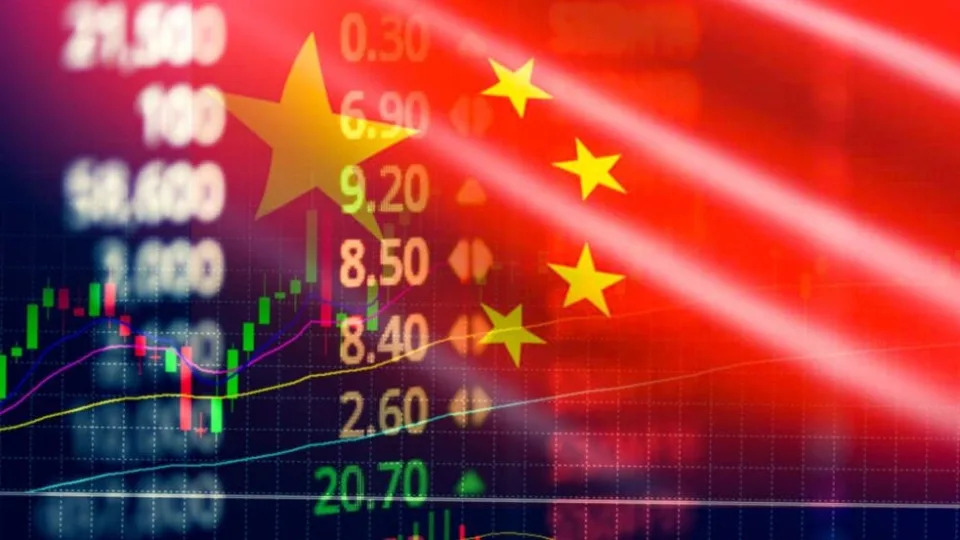Johnny Rice
BENZINGA
Wed, December 20, 2023

Wed, December 20, 2023

Big Purchase
Between October and mid-December 2023, China purchased a massive amount of wheat, totaling 60 million bushels. This included a record-breaking weekly total of 55 million bushels. This unexpected development occurred when U.S. wheat prices had recently hit multi-year lows. Despite initial indications of a record-low year for U.S. wheat exports in 2023/24, China’s sudden purchases are expected to improve prospects in the face of strong competition from other exporting nations.
Between October and mid-December 2023, China purchased a massive amount of wheat, totaling 60 million bushels. This included a record-breaking weekly total of 55 million bushels. This unexpected development occurred when U.S. wheat prices had recently hit multi-year lows. Despite initial indications of a record-low year for U.S. wheat exports in 2023/24, China’s sudden purchases are expected to improve prospects in the face of strong competition from other exporting nations.
Why Now?
China, dealing with issues of wheat quality due to untimely rains during harvest season, is projected to be the top global wheat importer in 2023/24. This has led to increased global demand for affordable wheat.
Price Action
Market players took a significant net short position on U.S. wheat contracts in late 2023, exacerbating downward price trends. The recent uptick in Chinese purchases may signal a reversal, potentially alleviating downward pressure on wheat prices. While not guaranteeing a rally, it suggests a shift in the U.S. wheat market.
China, dealing with issues of wheat quality due to untimely rains during harvest season, is projected to be the top global wheat importer in 2023/24. This has led to increased global demand for affordable wheat.
Price Action
Market players took a significant net short position on U.S. wheat contracts in late 2023, exacerbating downward price trends. The recent uptick in Chinese purchases may signal a reversal, potentially alleviating downward pressure on wheat prices. While not guaranteeing a rally, it suggests a shift in the U.S. wheat market.
Agricultural Diplomacy
China's impact on the US Agricultural market is clear. But international purchasing is always in flux and it’s critical to keep up relations. Last month, during APAC – the Asia-Pacific Advancement Conference – China's President Xi Jinping met with Soybean farmers representing their interests. The representatives came from the Iowa Soybean Association (ISA) and advocated for China to increase its imports from the US.
China plays a pivotal role as the leading global soybean market, importing 60% of all internationally traded soybeans and around 30% of the annual U.S. soybean production. The significance of maintaining this relationship is crucial for both nations.
No comments:
Post a Comment